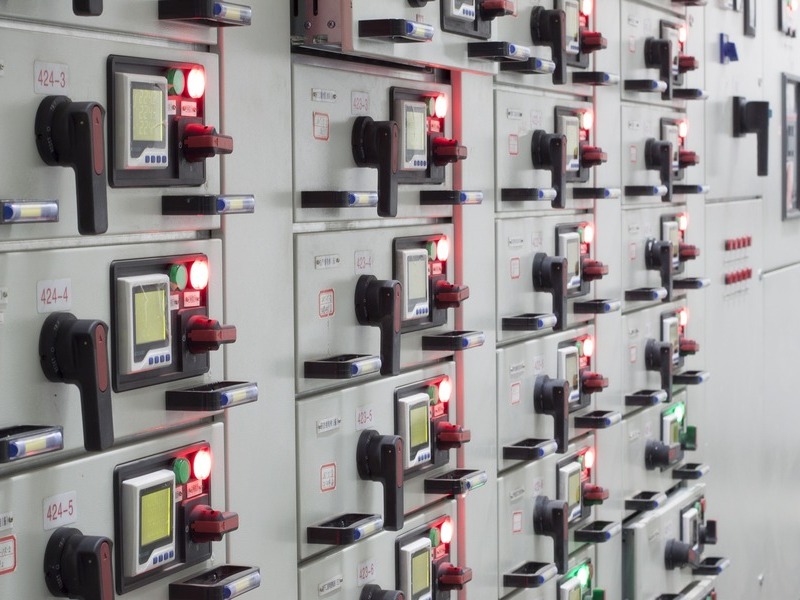

Finally, a score of 75 or higher means your building is a top performer and may be eligible for ENERGY STAR certification.

Meanwhile, while a score over 50 means just the opposite – your building is performing better than 50 percent of its peers. A score of 50 is the median, so if your building has a score lower than 50, you know it’s performing worse than 50 percent of similar buildings nationwide. If you own and/or manage more than one building, the ENERGY STAR score will help you determine which buildings in your portfolio you could improve or submit for recognition. The score is meant to be a screening tool that helps you assess your building’s efficiency performance. Your ENERGY STAR score is on a scale of 1 – 100. It assesses the building’s physical assets, operations, and occupant behavior in a quick and easy-to-understand number. Your building’s ENERGY STAR score provides a comprehensive snapshot of your building’s energy performance.

So, what exactly is an ENERGY STAR score and how can your company increase its scores in the next reporting season? In this article, we’ll explore those questions in-depth. Because of the notoriety of ENERGY STAR, receiving high ENERGY STAR scores on your buildings is a great way to prove that your company is serious about sustainability. With sustainability of increasing importance to investors, consumers, and employees, it is important for your company to demonstrate its commitment to the planet by having energy efficient buildings. Department of Energy which provides certification to buildings and consumer products that meet certain standards of energy efficiency.


 0 kommentar(er)
0 kommentar(er)
